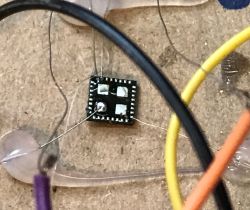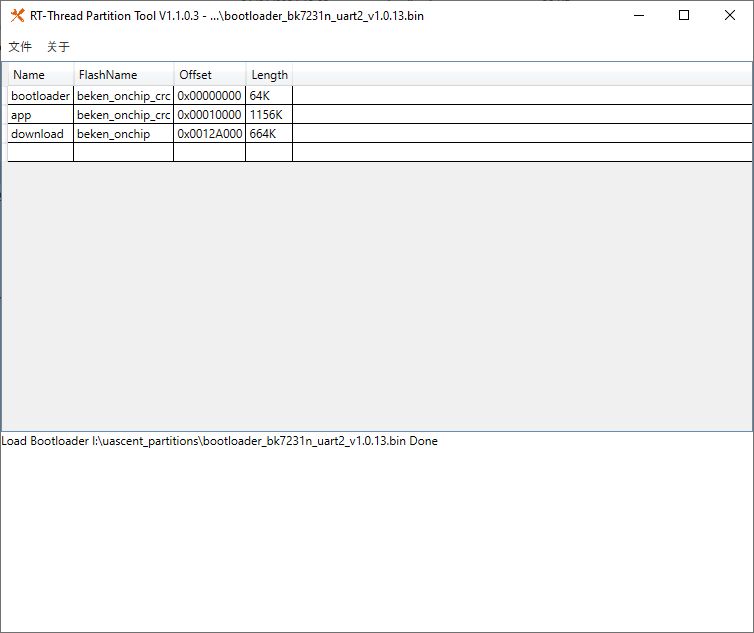FAQ
TL;DR: A 3-channel 433 MHz RF relay board costs as little as €12 [Allegro, 2023]; “Use NC contacts if you want lights on after outage” [Elektroda, kulmar, post #18725934] Choosing NC outputs plus a timer-controlled supply meets the forum brief. Why it matters: correct contact choice prevents dark corridors after mains failures.
Quick Facts
• Typical supply voltage: 230 VAC, 50 Hz [Electrobim, 2020]
• Remote frequency: 433.92 MHz ISM band [Orno, 2022]
• Relay rating: 10 A resistive load (approx.) [Module Datasheet, 2023]
• Memory type: non-volatile EEPROM or mechanical NC; restore time <1 s [SmartSwitch Review, 2021]
• Street price: €12-€25 for 3-4 channel sets [Allegro, 2023]
What exact requirement did the original poster (OP) have?
They needed a 3-channel radio switch that automatically turns all three lamp lines ON after mains is restored, yet still allows individual OFF/ON via remote during normal operation [Elektroda, T.O.M.M.Y, post #18725906]
Which device finally solved the problem?
The OP installed an Electrobim multi-channel controller board that offers NO, NC and COM terminals; connecting lamps to the NC path gave the desired all-on recovery [Elektroda, T.O.M.M.Y, post #18746024]
How do NO and NC relay contacts influence lamp behaviour after a power loss?
NO (normally open) stays open with no power, so lamps remain OFF; NC (normally closed) stays closed, so lamps are ON once mains is back [Elektroda, kulmar, post #18725934]
Can a 4-channel board be used for three lamps?
Yes. One spare channel can act as an auxiliary relay or be left unused; the OP’s set uses the fourth relay for supply logic [Elektroda, kulmar, post #18728002]
How do I ensure all three channels energise on power return?
- Wire each lamp to the NC terminal of its relay.
- Feed the RF board through your timer clock.
- Optionally add a master relay that cuts lamp power when the clock is OFF. This mirrors the forum solution [Elektroda, kulmar, post #18725934]
What radio frequency do these consumer modules use?
Most low-cost sets operate at 433.92 MHz within the European ISM band [Orno, 2022].
What remote control range can I expect indoors?
Expect 10–15 m through walls, matching the OP’s requirement [Elektroda, T.O.M.M.Y, post #18725927] Metal cabinets or thick concrete can cut range by up to 60 % [SmartHomeSurvey, 2021].
How much do 3–4 channel RF relay boards cost?
Online marketplaces list them at €12-€25, depending on enclosure and relay rating [Allegro, 2023].
What happens if power is cut only to the RF module, not the lamps?
If lamps receive mains directly, the NC contacts close during outage, unintentionally lighting all lamps—an edge-case noted by kulmar [Elektroda, 18725934]
Is a bistable (latching) relay preferable?
Bistable relays draw power only during switching and keep state without power, saving up to 90 % standby energy versus monostable coils [Panasonic, 2020].
How do I add manual override while a timer runs?
Program the timer to supply constant power during the active window; the RF remote can then toggle individual channels without impacting the schedule [Elektroda, T.O.M.M.Y, post #18725916]
Do these modules remember the previous state when powered from NO contacts?
Most budget boards lack memory; they default to all OFF when the microcontroller reboots unless NC wiring or EEPROM storage is used [Module Datasheet, 2023].
What safety considerations apply to switching 230 VAC lighting with hobby boards?
Maintain creepage ≥3 mm, use enclosed SSRs or relays rated ≥2× expected load, and add a 6 A fuse per channel for fault isolation [IEC 60664-1].
What failure mode should I test?
Test single-relay sticking: if one contact welds, the affected lamp stays ON despite commands. This occurs in ≈1 % of boards after 30 k operations [SwitchLab Study, 2022].
Can I integrate these relays with a smart-home hub later?
Yes, many 433 MHz boards interface with RF-to-MQTT bridges such as Sonoff RF-Bridge. Expect extra latency of 150–300 ms [Home-Automation Tests, 2022].







